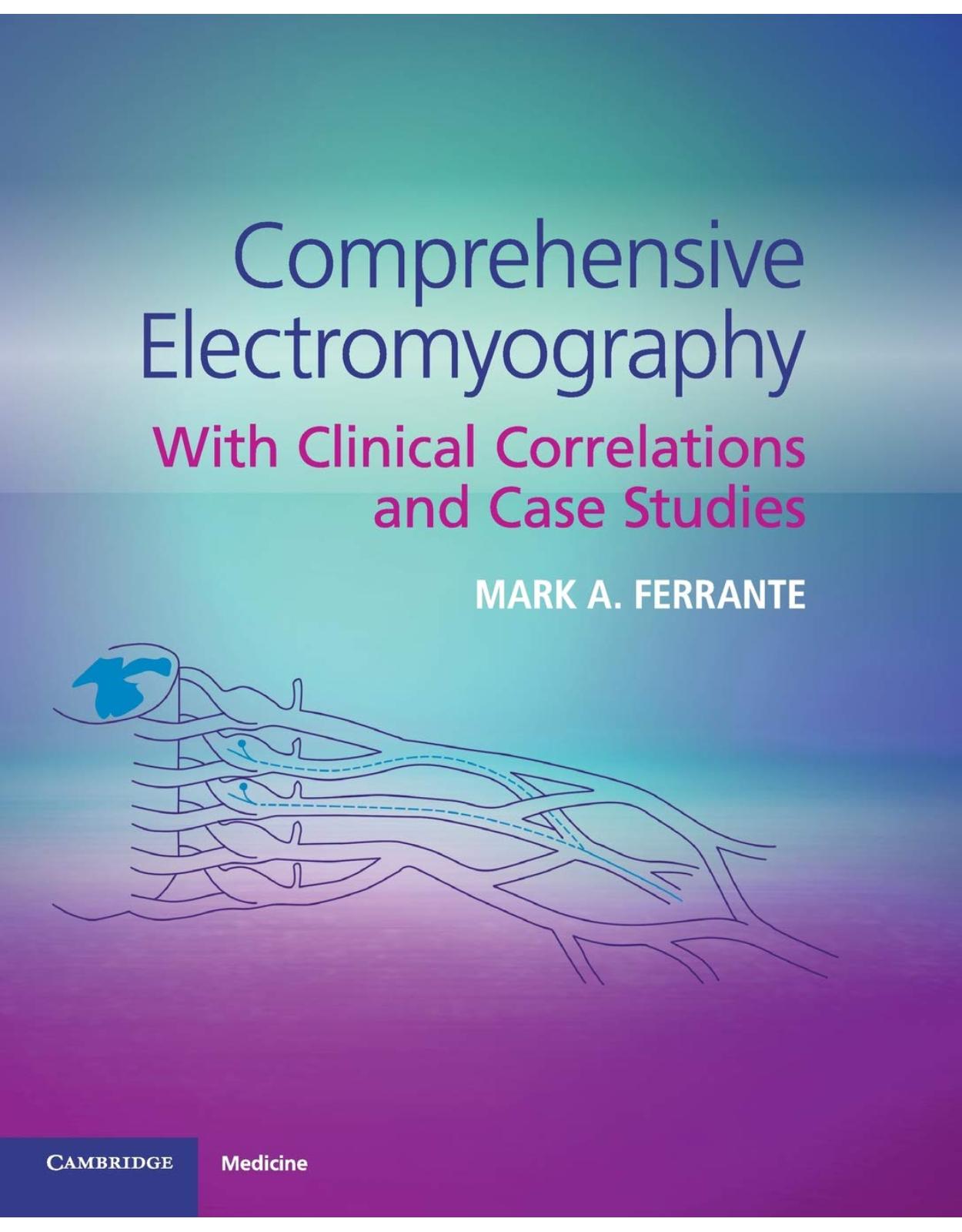
Comprehensive Electromyography
Livrare gratis la comenzi peste 500 RON. Pentru celelalte comenzi livrarea este 20 RON.
Disponibilitate: La comanda in aproximativ 4 saptamani
Autor: Mark A. Ferrante
Editura: Cambridge University Press
Limba: Engleza
Nr. pagini: 538
Coperta: Paperback
Dimensiuni: 188 x 246 x 25 mm
An aparitie: 10 May 2018
Description:
Electromyography (EMG) is a technique for evaluating and recording the electrical activity produced by nerves and muscles. Interpreting EMG is a mandatory skill for neurologists and rehabilitation specialists. This textbook provides the reader with a detailed discussion of the concepts and principles underlying electrodiagnostic medicine. It is written for an audience without pre-existing knowledge in this discipline, including beginner technicians and physicians in training. It is an ideal review for seasoned practitioners and those preparing for board examinations. It begins with a review of the foundational sciences and works through the field in twenty chapters, including a large number of case studies demonstrating correct application and interpretation. Appendices of information frequently required in the EMG laboratory, such as Nerve Conduction Study techniques and their age-related normal values, anatomic regions assessed by each NCS and needle EMG studies, safety issues, and other important topics, are also included.
Table of Contents:
Section 1 Introductory Chapters
Chapter 1 Basic Electricity, Electrical Concepts, and Circuits
Introduction
Electricity
History
Charge
Current
Voltage
Resistance
Ohm’s Law
Types of Circuits and Current
Direct Current
Series DC Circuits
Parallel DC Circuits
Capacitors
Alternating Current
The Quantification of AC Signal
Household Electricity
Transformers
Electromagnetic Radiation
References
Recommended Reading
Chapter 2 Instrumentation
Introduction
Capacitance
Impedance
Filters
Filter Arrangements
Analog-to-Digital Converters and Digital-to-Analog Converters
Stimulators
Amplifiers
Monopolar Amplifiers
Differential Amplifiers
The Common Mode Rejection Ratio
References
Suggested Reading
Chapter 3 Anatomy and Physiology of Neurons
Basic Cellular Anatomy
The Cell Membrane
Neuronal Anatomy and Physiology
Motor Neurons
Sensory Neurons
Myelin
Nerve Fiber Classification
Ion Channels
Action Potential Generation and Propagation
Transmembrane Potentials, Nernst Equilibrium Potentials, and Selective Permeability
Depolarization and Repolarization
The Absolute Refractory Period and the Relative Refractory Period
Action Potential Generation
Local Responses
The Advantage of Myelin
Action Potential Propagation Speed
Connective Tissue Elements of Nerve Trunks
References
Chapter 4 Anatomy and Physiology of the Neuromuscular Junction
Introduction
Presynaptic Region
Synaptic Space
Postsynaptic Region
Postsynaptic Membrane Depolarizations
References
Chapter 5 Anatomy and Physiology of Muscle
The Organization of Muscle Tissue
Motor Units
Muscle Innervation Ratios
Structural Organization of Muscle
Excitation–Contraction Coupling
Action Potential Propagation
The Sarcoplasmic Reticulum
The Sarcomere
Neural Control of Muscle
Introduction
The Final Common Path
Types of Lower Motor Neurons
The CNS Influence
Muscle Spindle Anatomy
Muscle Spindle Physiology
Muscle Lengthening
Muscle Shortening
Motor Unit and Muscle Fiber Types
Motor Unit and Muscle Fiber Physiology, Biochemistry, and Metabolism
Motor Unit Force Generation
Motor Unit Size and Distribution
References
Section 2 Nerve Conduction Studies
Chapter 6 Electrodes and Nerve Conduction Study Basics
History
Introduction
Electrodes
History
Surface Recording Electrodes
Proper Placement of the Recording Electrodes
Bipolar versus Referential Recordings
The Surface Stimulating Electrodes
The Basic Technique
Important Basic Concepts
Volume Conduction
Orthodromic versus Antidromic
The Stimulating Electrodes and Their Proper Placement
References
Chapter 7 Motor Nerve Conduction Studies
Introduction
Recording Technique
Belly-Tendon Method
Biphasic Morphology
The Influence of E2 Placement
The E2 Electrode Is Not Inactive
Improper E2 Placement Affects Amplitude
Positive Dip
Using a Needle Electrode for E2
Nerve Stimulation
Physiologic Temporal Dispersion
Standard and Nonstandard Motor NCS
What We Measure and What It Means
Amplitude
Negative AUC
Distal Latency
The Contributors to the Distal Latency Time
Conduction Velocity
Negative Phase Duration
References
Chapter 8 Sensory Nerve Conduction Studies
Introduction
Technique
Measurements
Amplitude
Orthodromic versus Antidromic Techniques
Latency
The Time Periods Composing the SNAP Onset Latency
Fixed Landmarks versus Fixed Distances
Peak Latencies versus Onset Latencies
Converting Latency Values into Conduction Velocity Values
Conduction Velocity
Advantages and Disadvantages of Sensory NCS
Other Important Sensory NCS Issues
Effects of Filtering
Ideal Interelectrode Distance
Mixed Nerve Conduction Studies
References
Chapter 9 The NCS Manifestations of Various Pathologies
Introduction
Effects of Focal Demyelination on Action Potentials
Effects of Focal Axon Loss on Action Potentials
The Motor NCS Manifestations of Pathology and Pathophysiology
Introduction
The Pathology of Focal Demyelination
The Pathophysiology of Focal Demyelination
Focal Demyelinating Conduction Slowing
Uniform Demyelinating Conduction Slowing
Nonuniform Demyelinating Conduction Slowing
Focal Demyelinating Conduction Block
Axon Loss Pathology and Conduction Failure Pathophysiology
Conduction Failure
The Major Advantages and Disadvantages of the Motor NCS
The Sensory NCS Manifestations of Pathology and Pathophysiology
The Major Advantages and Disadvantages of the Sensory NCS
The Timing of NCS Manifestations
References
Chapter 10 The Utility of NCS for Lesion Localization and Characterization
Introduction
The Effect of Focal Demyelination and Axon Disruption on the NCS
Determining the PNS Elements Assessed by the Various Sensory and Motor NCS
Motor NCS
Sensory NCS
References
Chapter 11 Late Responses and Blink Reflexes
Introduction
H Reflexes
Introduction
Technique
Technical Errors
Amplitude and Latency Measurements
Utility of H Wave Testing
F Waves
Introduction
Physiology and Technique
Utility
A Waves
Blink Reflexes
References
Chapter 12 Repetitive Nerve Stimulation Studies and Their Pathological Manifestations
Introduction
Repetitive Nerve Stimulation Studies
Introduction
Low-Frequency RNSS
Introduction
Technique
Postexercise Facilitation and Postexercise Exhaustion
Pseudofacilitation
Criteria for Abnormal RNSS
Specificity of an Abnormal Study
Technical Errors
High-Frequency RNSS
High-Frequency RNSS Technique
References
Section 3 The Needle EMG Examination
Chapter 13 The Needle EMG Examination
History
Introduction
Motor Unit Anatomy and Physiology
The Motor Unit Action Potential
Introduction
Duration
Motor Unit Recruitment (Force Generation)
The Measurements We Make and Their Meanings
Insertional Phase
Resting Phase
Endplate Activity
Miniature Endplate Potentials
Endplate Spikes
Activation Phase
MUAP Amplitude (Peak-to-Peak)
MUAP Duration
The Number of Phases and Turns Composing the MUAP
MUAP Stability
Final Comment
Needle Recording Electrode Types
Concentric Needle Electrodes
Monopolar Needle Electrodes
References
Chapter 14 The Needle EMG Manifestations of Pathology
Introduction
The Arborization Point
Reinnervation
Chapter Organization
Insertional Phase
Decreased Insertional Activity
‘‘Increased’’ Insertional Activity
Resting Phase
Fibrillation Potentials, Positive Sharp Waves, and Insertional Positive Sharp Waves
Introduction
The Visual Characteristics of Fibrillation Potentials
Amplitude
Morphology and Duration
The Auditory Characteristics and Firing Frequency of Fibrillation Potentials
Quantification
Time to Appearance
Specificity and Utility
Insertional Positive Sharp Waves
Fasciculation Potentials and Cramp Potentials
Sites of Origin
Clinical Features
Electrodiagnostic Features
Grading
Myotonic Potentials
EDX Features
Neuromyotonia
Grouped Repetitive Discharges (GRDs) and Myokymia
Complex Repetitive Discharges
Activation Phase
MUAP Morphology
MUAP Duration
MUAP Amplitude
Phases and Turns
The Effect of Reinnervation on MUAP Morphology
Reinnervation via Collateral Sprouting
Reinnervation via Proximodistal Axon Advancement
The Effect of Motor Unit Disintegration Disorders on MUAP Morphology
MUAP Recruitment
Neurogenic Recruitment
Grading Neurogenic Recruitment
Upper Motor Neuron Recruitment
Decreased Spatial And Temporal Recruitment
Early Recruitment
Myopathies
Non-Myopathic Motor Unit Disintegration Disorders
MUAP Stability
Needle EMG and Motor NCS Interrelationships
Proximally Located Demyelinating Conduction Block
Motor Axon Loss Following Reinnervation via Collateral Sprouting
Nonpathological Causes of Low Motor Responses
Summary of the Needle EMG Manifestations of Various Pathophysiologies
References
Chapter 15 Single-Fiber EMG and Macro EMG
Introduction
Single-Fiber EMG
Single-Fiber Needle Electrodes
Technique and Measurements Made
Criteria for Assessment
Utility
Jitter Using a Concentric Needle Electrode
Macro EMG
Macro EMG Needle Electrodes
References
Section 4 Other Pertinent EDX Information
Chapter 16 Assessment and Initial Management of Peripheral Nerve Injuries
Introduction
Demographics
Nerve Injury Type
The Importance of Proper Initial Management
Clinical, Electrodiagnostic, Pathophysiologic, and Temporal Relationships
Correlations between Electrodiagnostic Features and Clinical Features
Correlations between Lesion Acuteness and the Underlying Pathophysiology
Assessing Lesion Severity
Clinical Grading
Electrodiagnostic Grading
Timing of the Study
The Value of Motor Responses in the Assessment of Lesion Severity
The Value of Sensory Responses in the Assessment of Lesion Severity
The Value of Needle EMG Studies in the Assessment of Lesion Severity
Mechanisms of Reinnervation
Collateral Sprouting
Proximodistal Axon Regeneration
Sensory Receptor Reinnervation
Determining the Potential for Reinnervation
Nerve Injury Classification
The Seddon Classification System
Neurapraxia
Axonotmesis
Neurotmesis
The Sunderland Classification System
Sunderland Grade 1
Sunderland Grade 2
Sunderland Grades 3–5
Sunderland Grade 3
Sunderland Grade 4
Sunderland Grade 5
‘‘Sunderland Grade 6’’
Connective Tissue and Electrodiagnostic Assessment Issues
Other Important Considerations
Surgical Intervention
Approach to Axon Loss (Grades 2–5)
Major Surgical Interventions
Types of Nerve Injuries
Stretch Injuries
Compression Injuries
Acute Compression
Chronic Compression
Transection Injuries
Other Types of Nerve Injury
Ischemic Injury
Compartment Syndrome
References
Chapter 17 The Electrodiagnostic Manifestations of Disorders at Various Levels of the Neuraxis
Upper Motor Neuron Disorders
Intraspinal Canal Disorders
Background Anatomy
Anterior Horn Cell Disorders
Acute Poliomyelitis
Post-Poliomyelitis Syndrome
Amyotrophic Lateral Sclerosis
Spinal Muscular Atrophy, Type 3
Kennedy Disease
Radiculopathies
Plexopathies
The Cervical Plexus
The Brachial Plexus
The Lumbosacral Plexus
Peripheral Neuropathies
Focal Neuropathies (Mononeuropathies)
Acquired Axon Loss Polyneuropathies
Acquired Demyelinating Polyneuropathies
Acute Inflammatory Demyelinating Polyradiculoneuropathy
Chronic Inflammatory Demyelinating Polyradiculoneuropathy
Mixed Polyneuropathies
Hereditary Polyneuropathies
Other Comments
Neuromuscular Junction Disorders
Myasthenia Gravis
Background
Routine NCS
Repetitive Nerve Stimulation Studies
Needle EMG Study
Lambert-Eaton Myasthenic Syndrome
Background
Routine NCS
Repetitive Nerve Stimulation Studies
Needle EMG Study
Myopathic Disorders
References
Chapter 18 Common Pitfalls and Their Resolution
Introduction
Physiological Pitfalls
Studying Cool Limbs
The Effects of Reduced Temperature on the EDX Study
Nerve Conduction Studies
Repetitive Nerve Stimulation Studies
Needle EMG
Age-Related Issues
Nerve Conduction Studies
Needle EMG
Body Habitus–Related issues
Weight
Gender-Related Issues
Anomalous Innervations
Martin-Gruber Anastomosis
Introductory Comments
MGA to the Hypothenar Eminence
MGA to the First Dorsal Interosseous Muscle
MGA to the Adductor Pollicis Muscle
MGA with Concomitant Carpal Tunnel Syndrome
MGA with a Concomitant Ulnar Neuropathy
Atypically Proximal MGA
Situations in Which MGA Is Unrecognizable
Ulnar-to-Median Anastomosis in the Forearm
Riche–Cannieu Anastomosis
Identifying an RCA
Other Hand Muscle Innervation Patterns
Berretini Anastomosis
Accessory Deep Peroneal Nerve
Identifying an Accessory Deep Peroneal Nerve
Technical Pitfalls
Issues Related to Recording
Electrode Impedance and Impedance Mismatch
The Presence of a Positive Dip
Issues Related to Stimulation
Stimulus (Shock) Artifact
Types of Stimulators
Stimulus Artifact Reduction
Rotation of the Anode about the Cathode
Final Options
The Future
Submaximal Stimulation
Excessive Stimulation
Stimulus Lead
Stimulus Spread
Machine Maximum Stimulation
60 Hz Power Artifact
Averaging
Measurement Errors
Stimulator Reversal
Submaximal Stimulation
Filtering Issues
Nerve Conduction Studies
Needle EMG
Conceptual Pitfalls
Not Using the Technique Used to Collect the Normal Control Values
Changing the Sensitivity to Better Identify the Onset Latency
Sweep Speed and Sensitivity
Time Constraints
Missing Relative Abnormalities
Identifying Demyelination Based on the Latency of a Very Low Amplitude Response
Clinical Bias
Low Amplitude Peroneal-EDB Motor Responses among Normal Individuals
Measurement Errors
Miscellaneous Pitfalls
Impedance between the Signal Source and the Surface Recording Electrode
References
Chapter 19 Safety Issues in the EDX Laboratory
Electrical Injury
Indwelling Medical Devices
Bleeding
Transmission of Infection
Iatrogenic Pneumothorax and Pneumoperitoneum
Prevention
Calcinosis Cutis
References
Chapter 20 Nontechnical Issues, Pain Lessening Techniques, the Encounter, and the Report
Introduction
Nontechnical Issues
EDX Testing as an ‘‘Extension of the Neurological Examination’’
Dependent Versus Independent EDX Study Philosophies – Case Study
The Timing of the EDX Examination
The Utility of Electrodiagnostic Testing
The Limitations of Electrodiagnostic Testing
Electrodiagnostic Study Variation among Different EMG Laboratories
The EDX Study Components Performed and Their Order of Performance
Supervision
The Encounter
Activities Occurring before the Encounter
Reviewing the Consult
Scheduling the Consult
Explaining the EDX Study to the Patient (Verbal Informed Consent)
Activities Occurring Immediately before the Encounter
Activities Occurring during the Encounter
The Nerve Conduction Studies
Which Nerve Conduction Studies to Perform First
Which Limbs to Study
Needle EMG Studies
Brief Discussion
Which Muscles to Study First
Tips to Lessen the Discomfort Associated with the Needle EMG Study
Activities Occurring after the Encounter
The EDX Report
Format of Report
References
Section 5 Case Studies in Electrodiagnostic Medicine
Case 1 through Case 50
Introduction
Lesion Localization
Identifying Nonorganic Lesions
The Format of the Electrodiagnostic Cases
Initial Studies
Grading MUAP Recruitment
Grading MUAP Morphology
The Range of Needle EMG Findings
Abbreviations
Sensory NCS
Motor NCS
Needle EMG
The Electrodiagnostic Exercises
References
Section 6 Appendices
Appendix 1: Plexus Anatomy
The Brachial Plexus
The Lumbosacral Plexus
Appendix 2: Nerve Anatomy
The Median Nerve
The Ulnar Nerve
The Radial Nerve
The Obturator Nerve
The Femoral Nerve
The Sciatic Nerve Proper
The Tibial Nerve
The Peroneal Nerve
Appendix 3: Myotome Tables for the Upper and Lower Extremities
Appendix 4: The SNAP, CMAP, and Needle EMG Domains of the Brachial Plexus Elements^
Reference
Appendix 5: The Sensory and Motor NCS Techniques Used in Our EMG Laboratories
The Median Sensory NCS, Recording Second Digit
The Median Sensory NCS, Recording Third Digit
The Median Sensory NCS, Recording First Digit
The Ulnar Sensory NCS, Recording Fifth Digit
The Lateral Antebrachial Cutaneous Sensory NCS
The Medial Antebrachial Cutaneous Sensory NCS
Dorsal Ulnar Cutaneous Sensory NCS
Superficial Radial Sensory NCS
Median Palmar Mixed NCS
Ulnar Palmar Mixed NCS
Median Motor NCS, Recording Abductor Pollicis Brevis (Thenar Eminence)
Median Motor NCS, Recording Second Lumbrical
Ulnar Motor NCS, Recording Abductor Digiti Minimi (Hypothenar Eminence)
Ulnar Motor NCS, Recording First Dorsal Interosseous
Radial Motor NCS, Recording Extensor Digitorum Communis
Radial Motor NCS, Recording Extensor Indicis
Musculocutaneous Motor NCS, Recording Biceps
Axillary Motor NCS, Recording Deltoid
Suprascapular Motor NCS, Recording Infraspinatus
Sural Sensory NCS
Superficial Peroneal Sensory NCS
Saphenous Sensory NCS
Medial and Lateral Plantar Mixed NCS
Peroneal Motor NCS, Recording Extensor Digitorum Brevis
Peroneal Motor NCS, Recording Tibialis Anterior
Tibial Motor NCS, Recording Abductor Hallucis
Tibial Motor NCS, Recording Abductor Digiti Quinti
Femoral Motor NCS, Recording Rectus Femoris
Appendix 6: The Age-Related, Normal Control Values Used in Our EMG Laboratories
Appendix 7: Our Screening Sensory and Motor NCS and Needle EMG Muscles
Upper Extremity
Lower Extremity
Appendix 8: The Advantages and Disadvantages of the Individual EDX Studies
Sensory NCS
Motor NCS (and RNSS)
Needle EMG
Appendix 9: Needle EMG Findings with Lesions at Various Levels of the Neuraxis
Anterior Horn Cell
Nerve Root
Polyneuropathy, Length-Dependent, Axonal
Polyneuropathy, Acquired, Generalized Demyelinating
POLYNEUROPATHY, HEREDITARY DEMYELINATING (actually dysmyelination)
Presynaptic NMJ (e.g., LEMS)
Postsynaptic NMJ (e.g., MG)
Myopathy
Index
| An aparitie | 10 May 2018 |
| Autor | Mark A. Ferrante |
| Dimensiuni | 188 x 246 x 25 mm |
| Editura | Cambridge University Press |
| Format | Paperback |
| ISBN | 9781107562035 |
| Limba | Engleza |
| Nr pag | 538 |

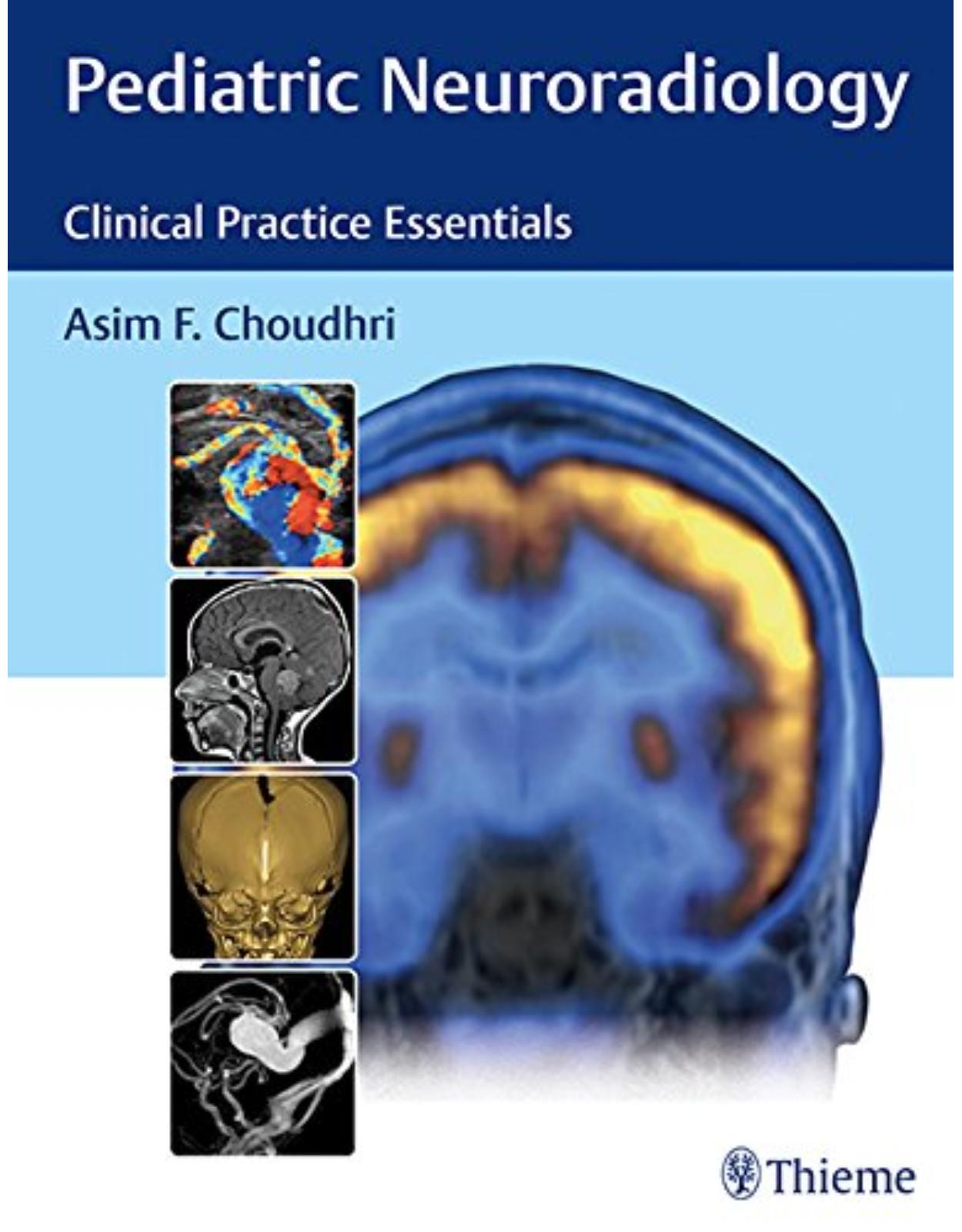
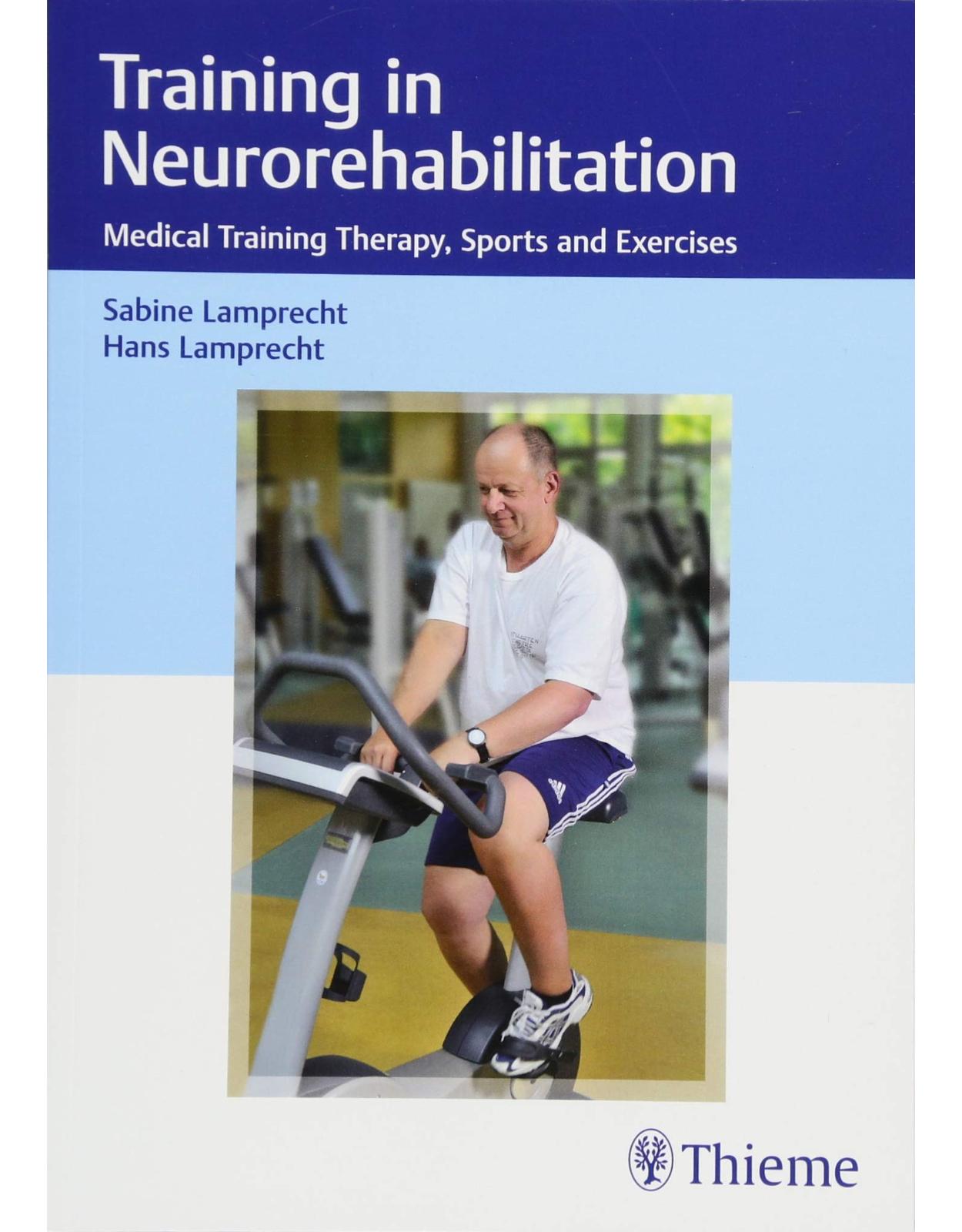
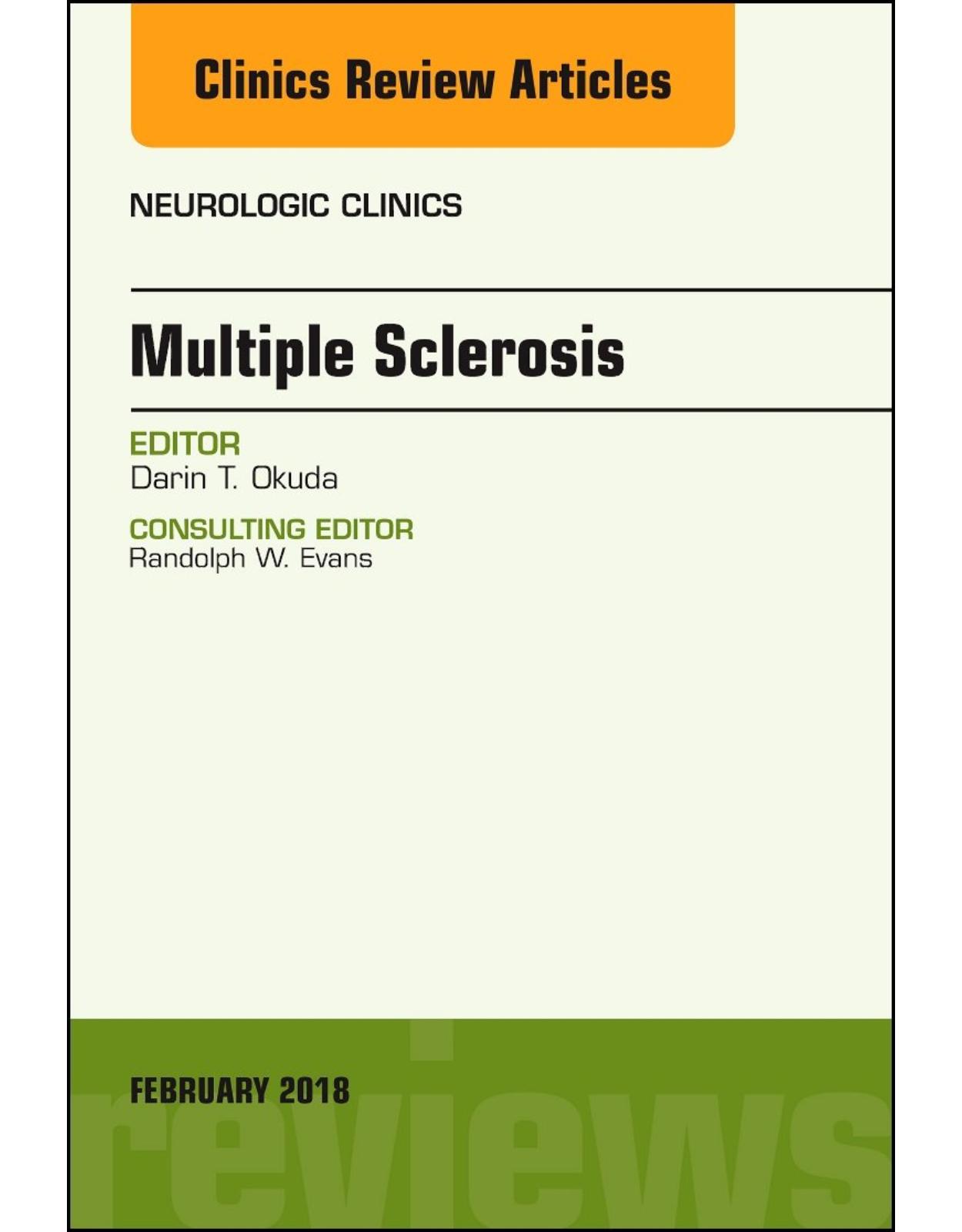
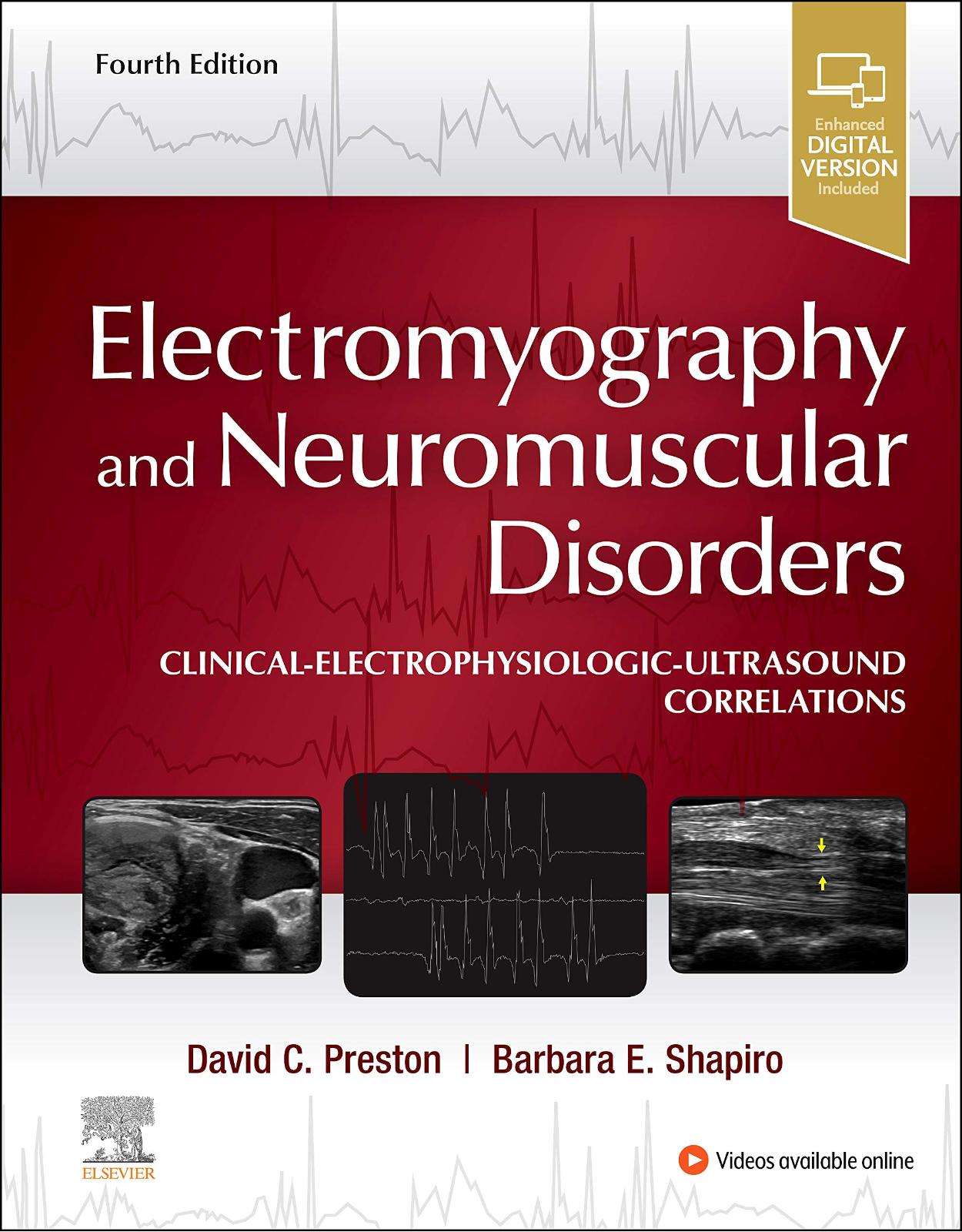
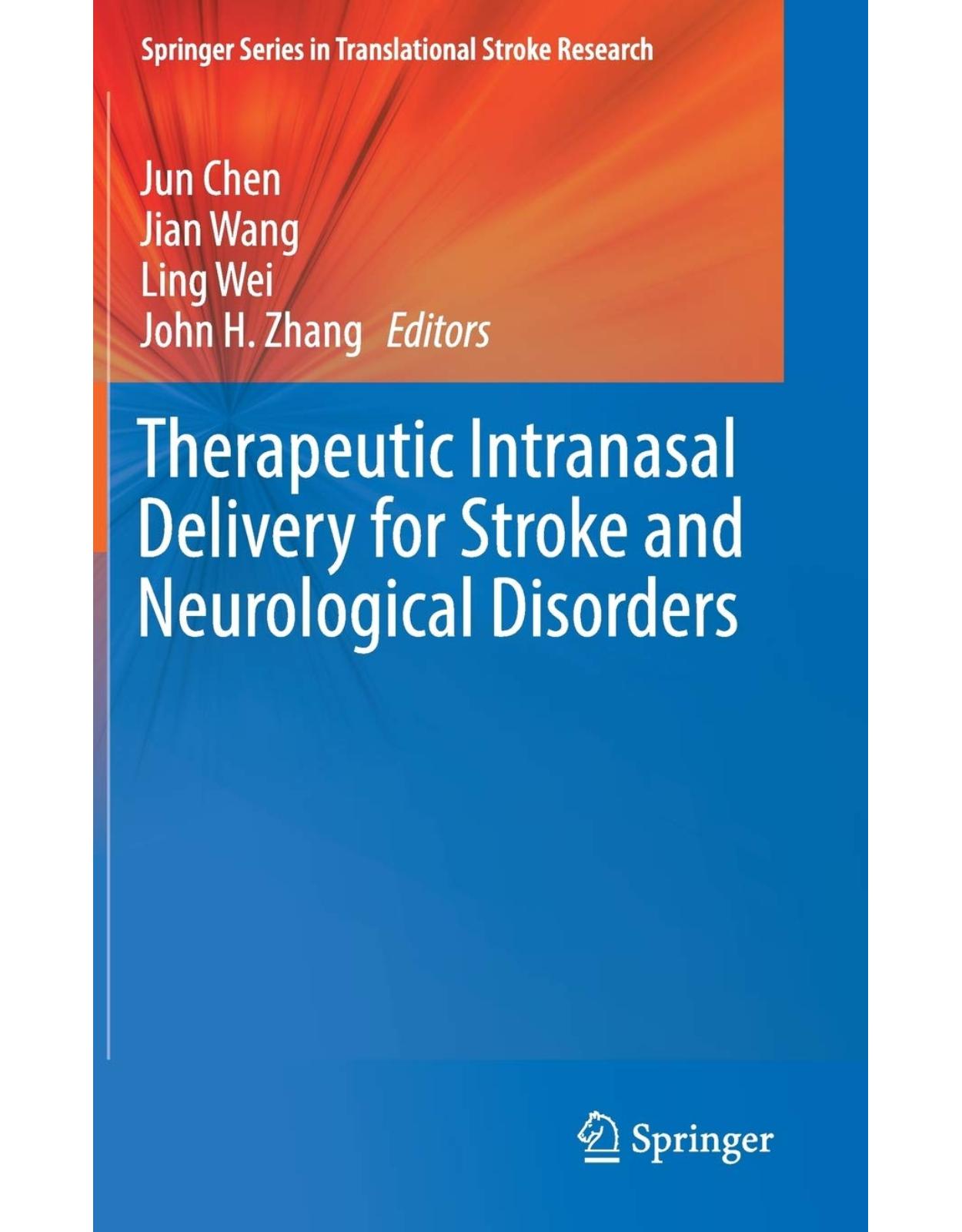
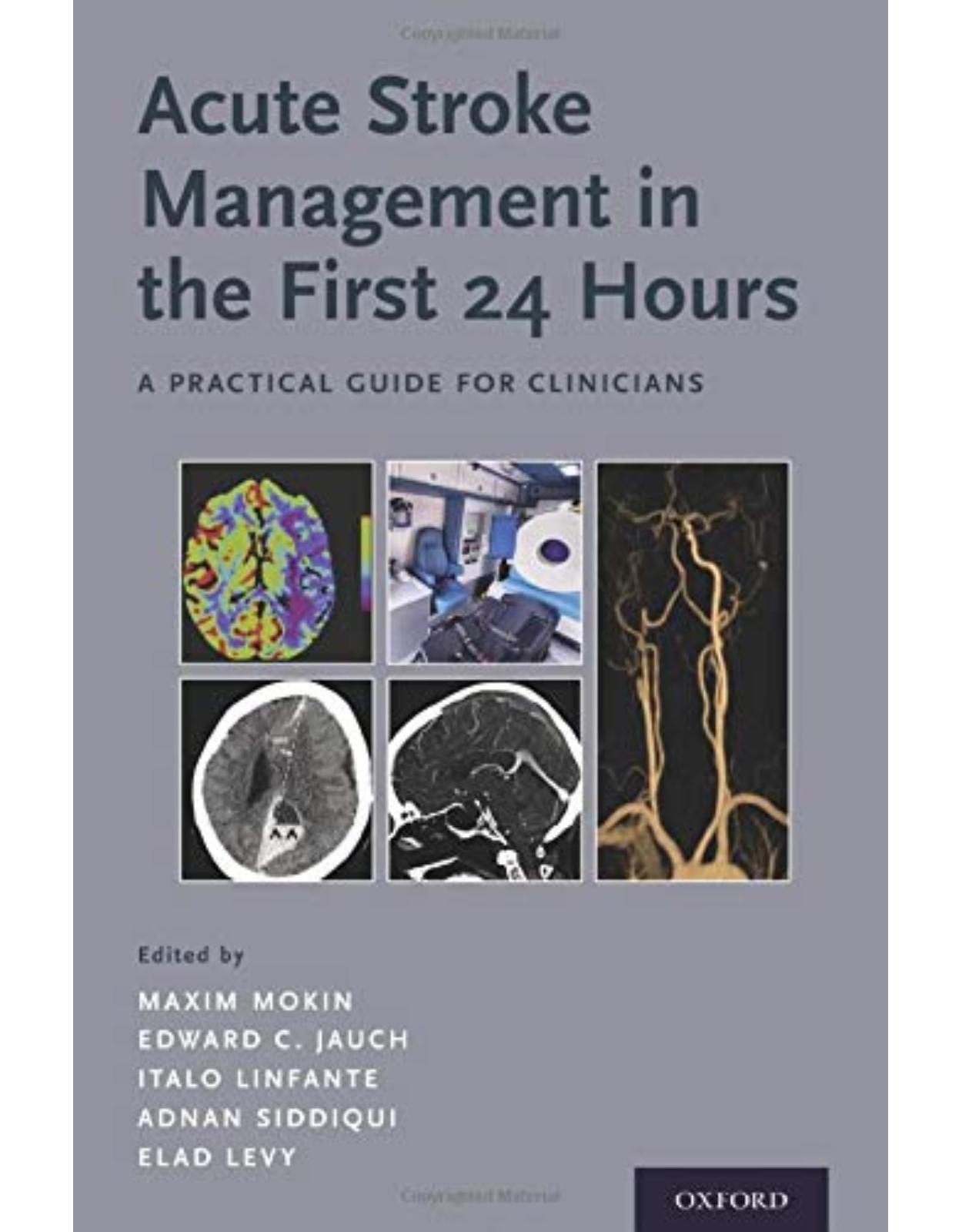
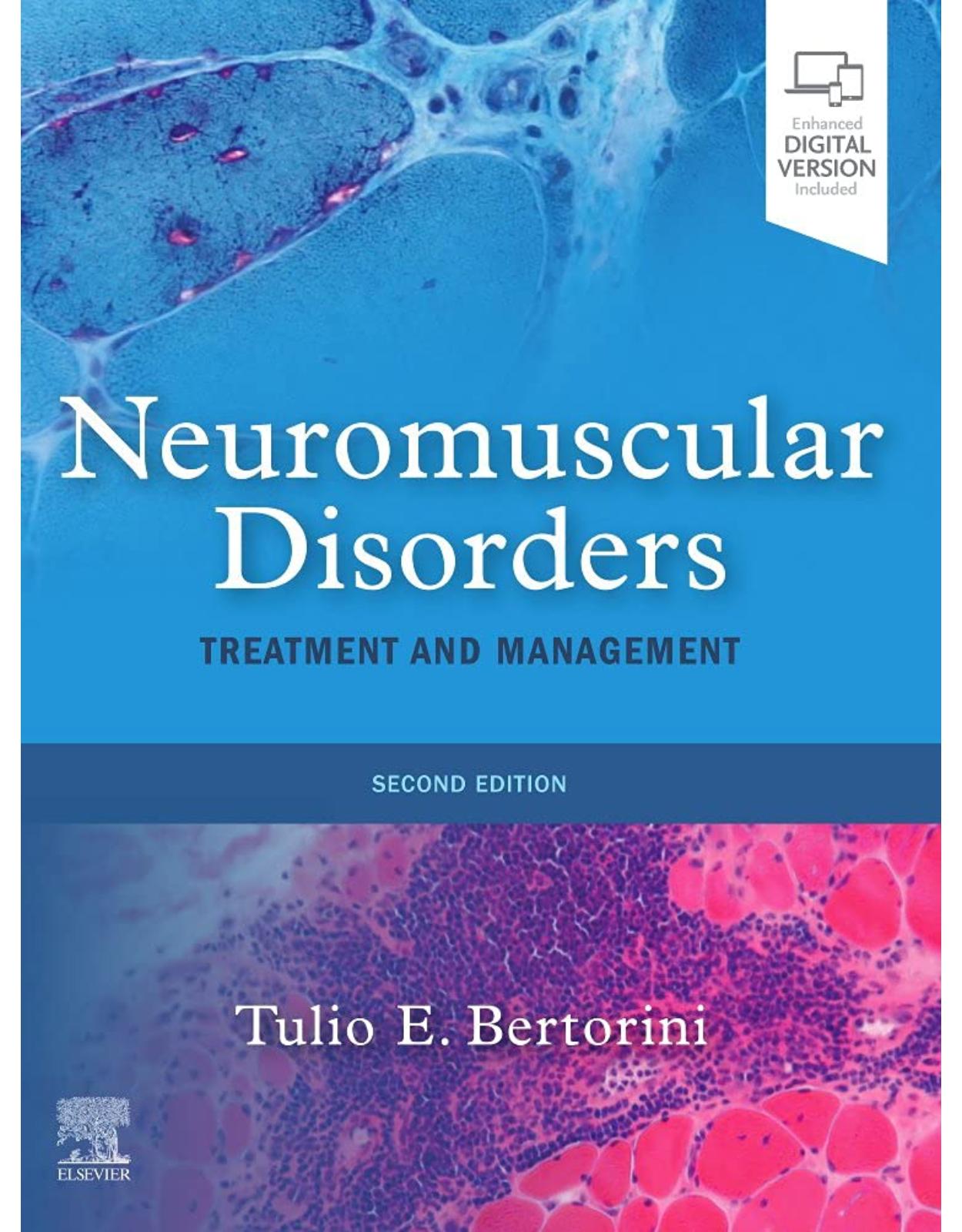
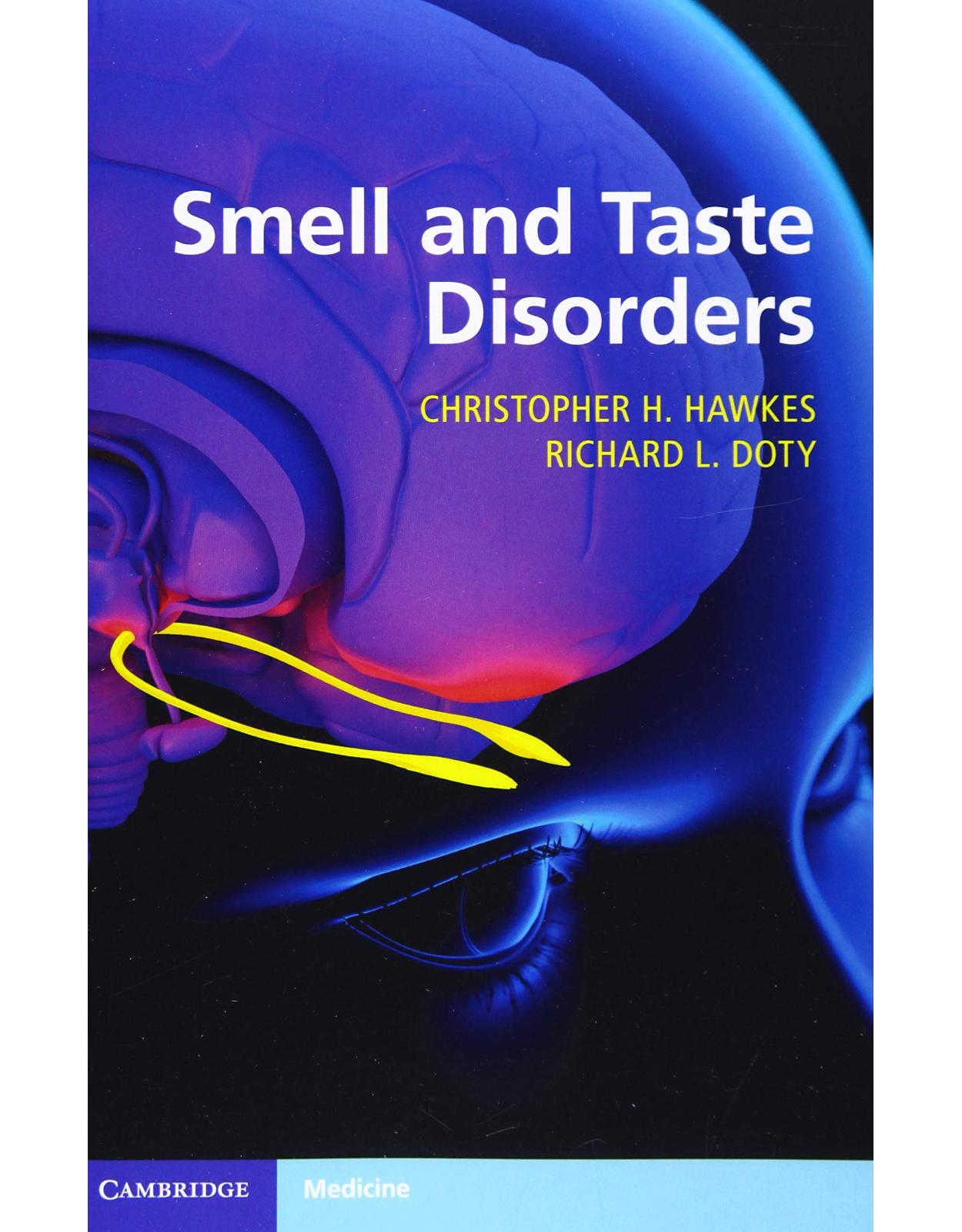
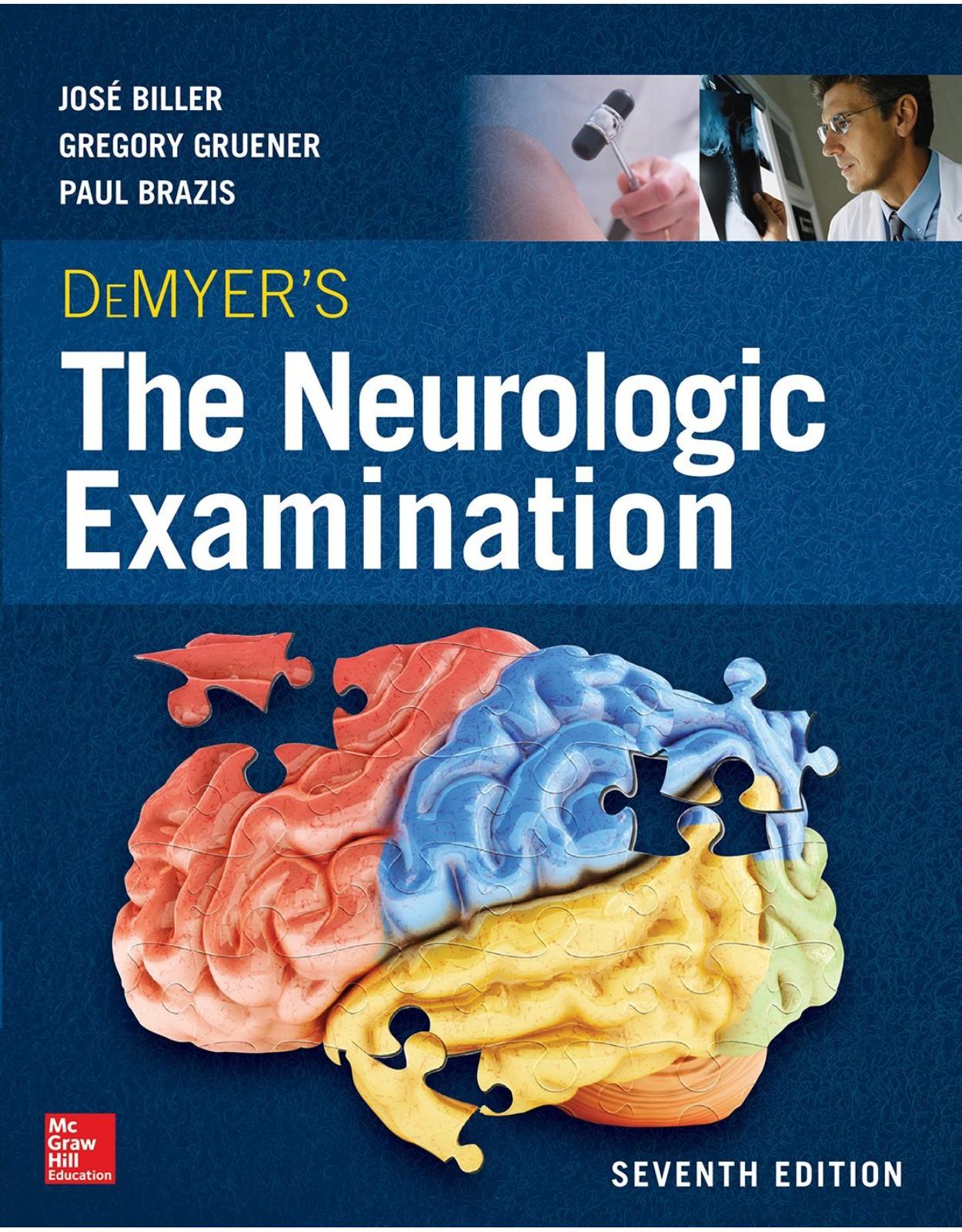
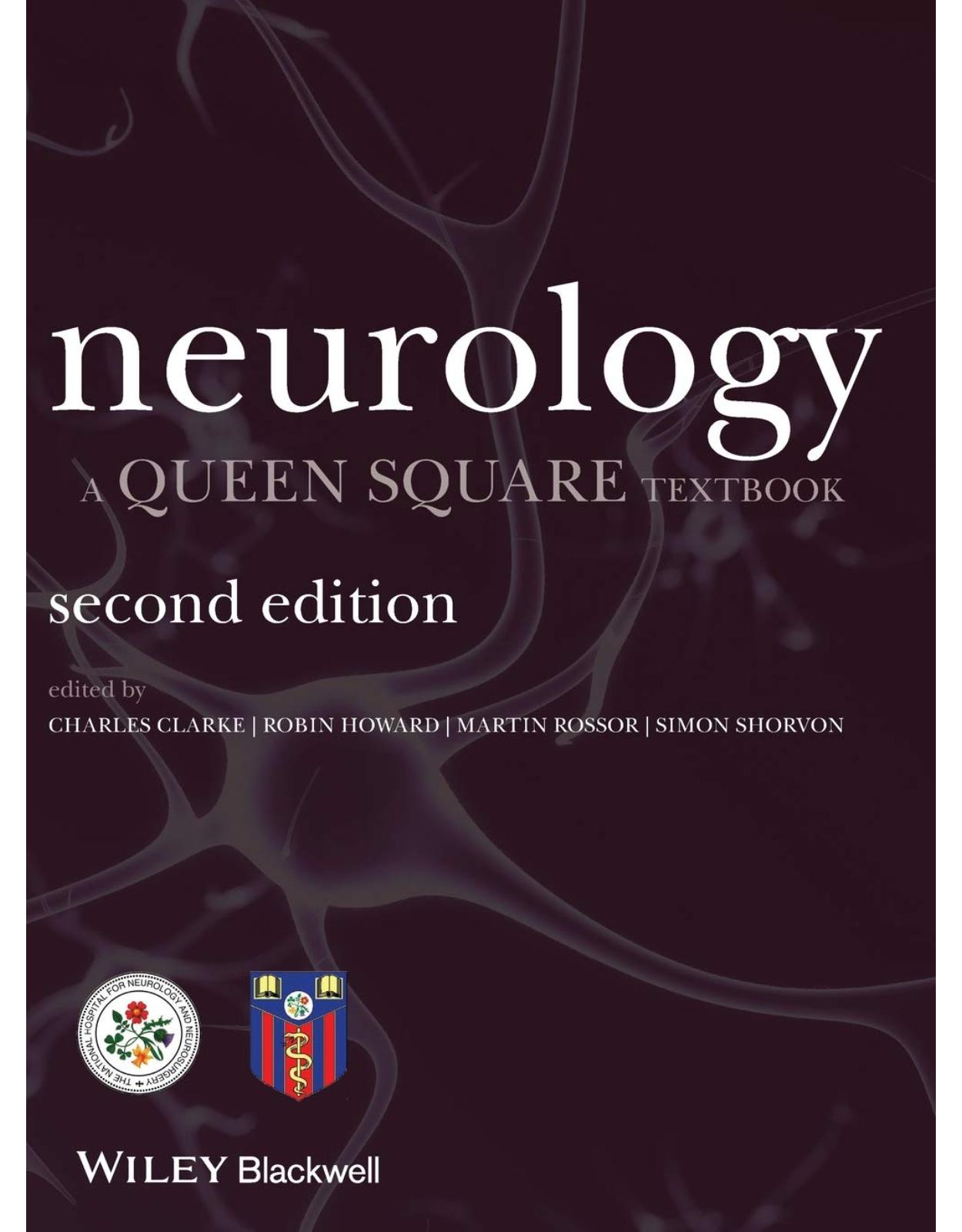
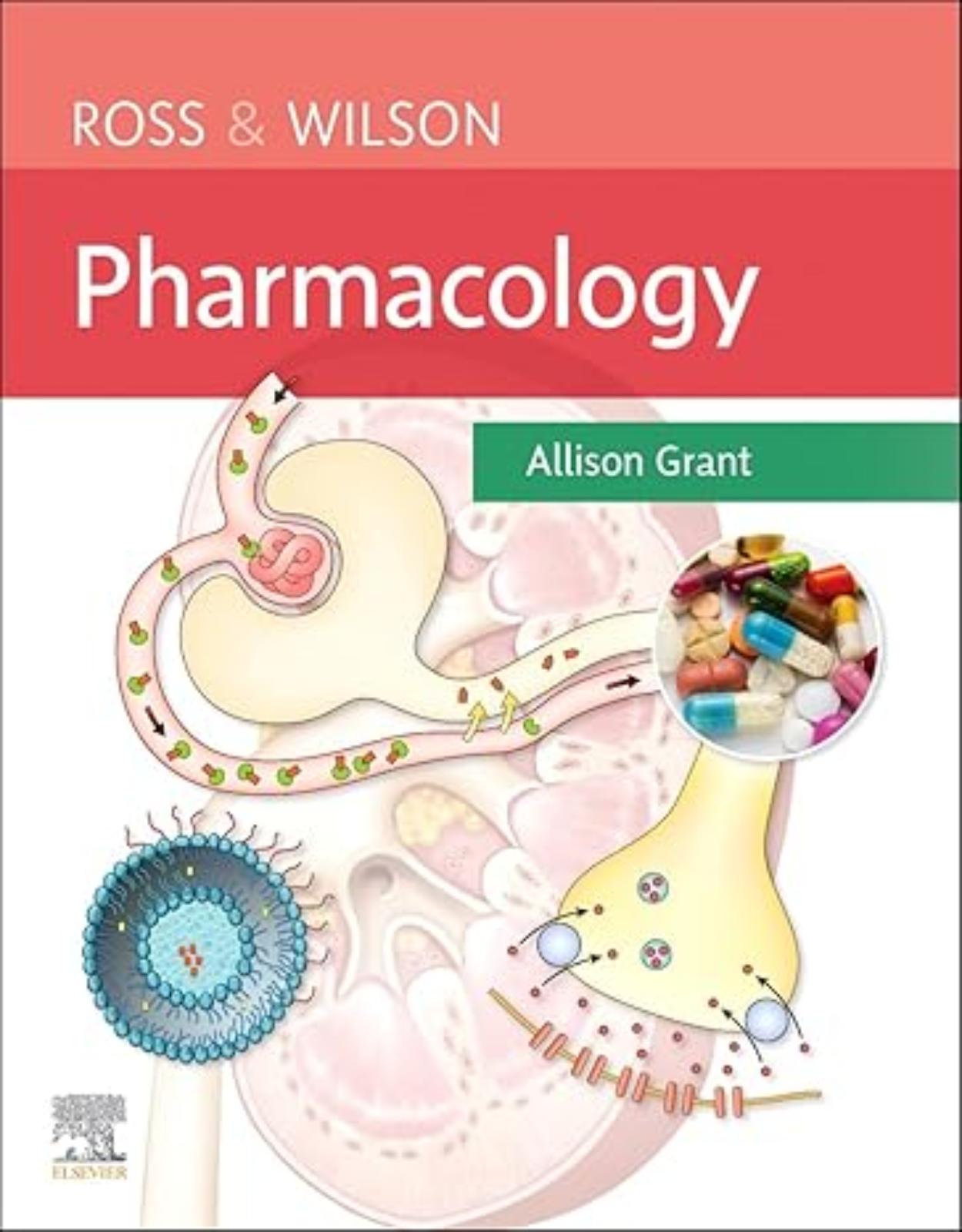


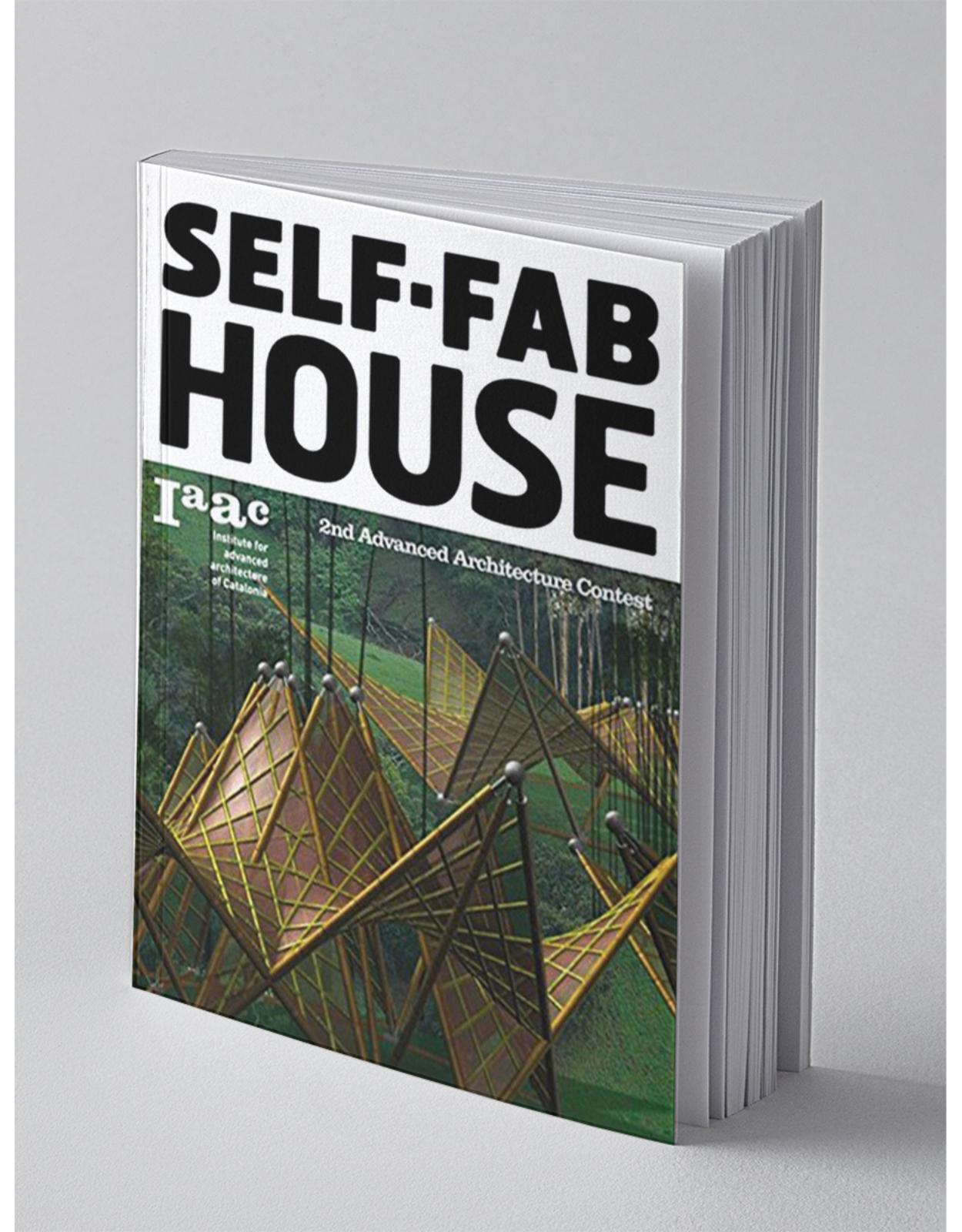
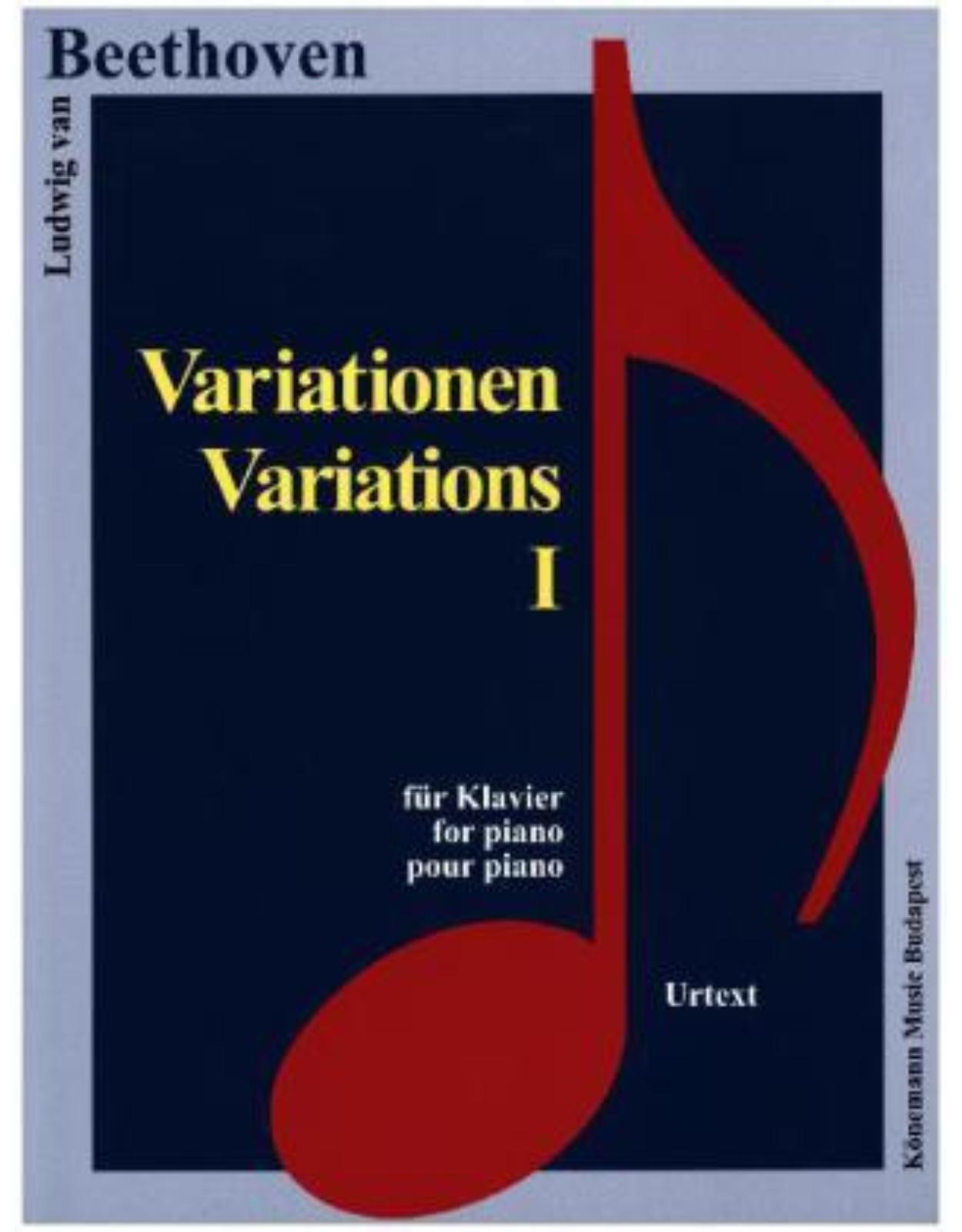
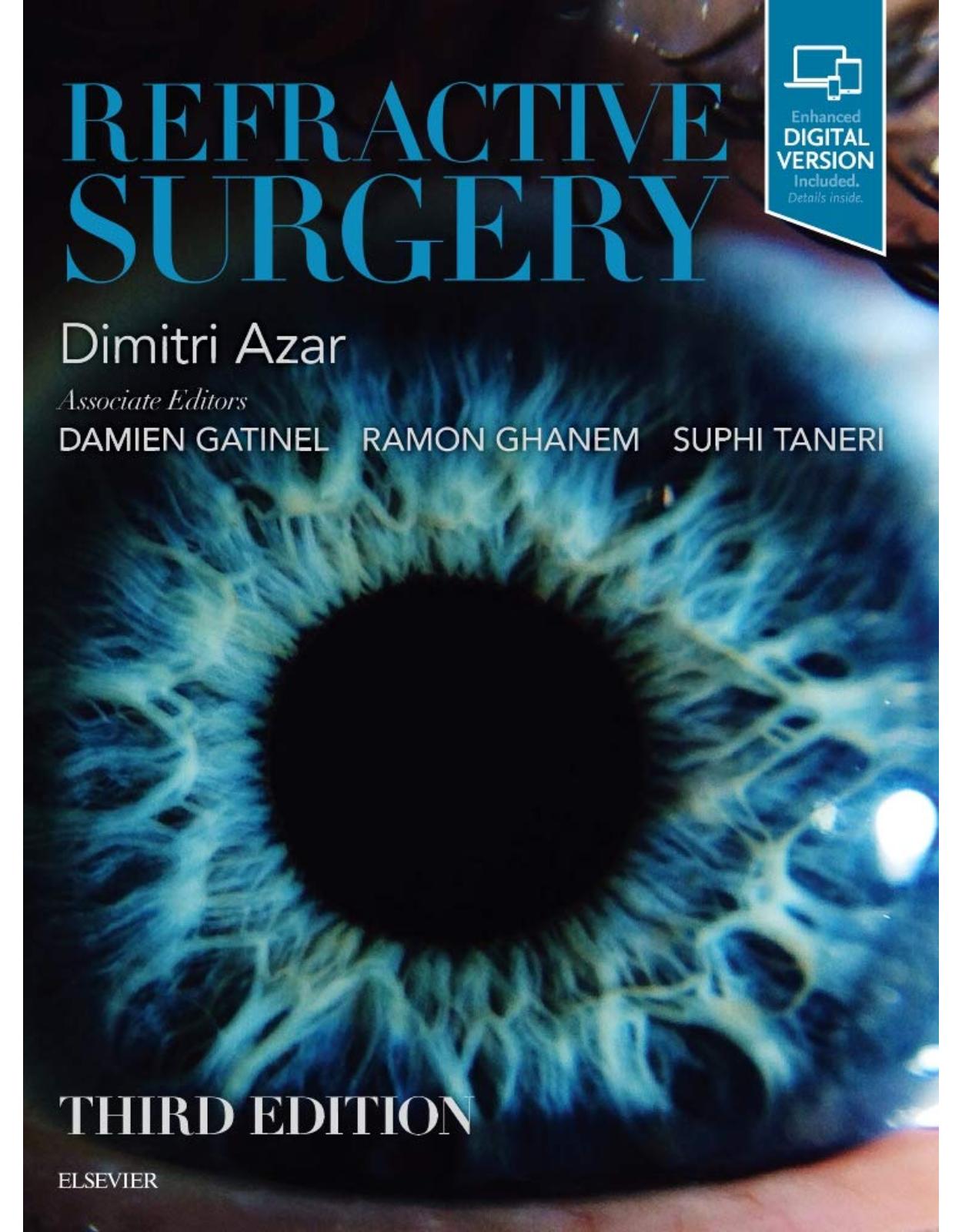
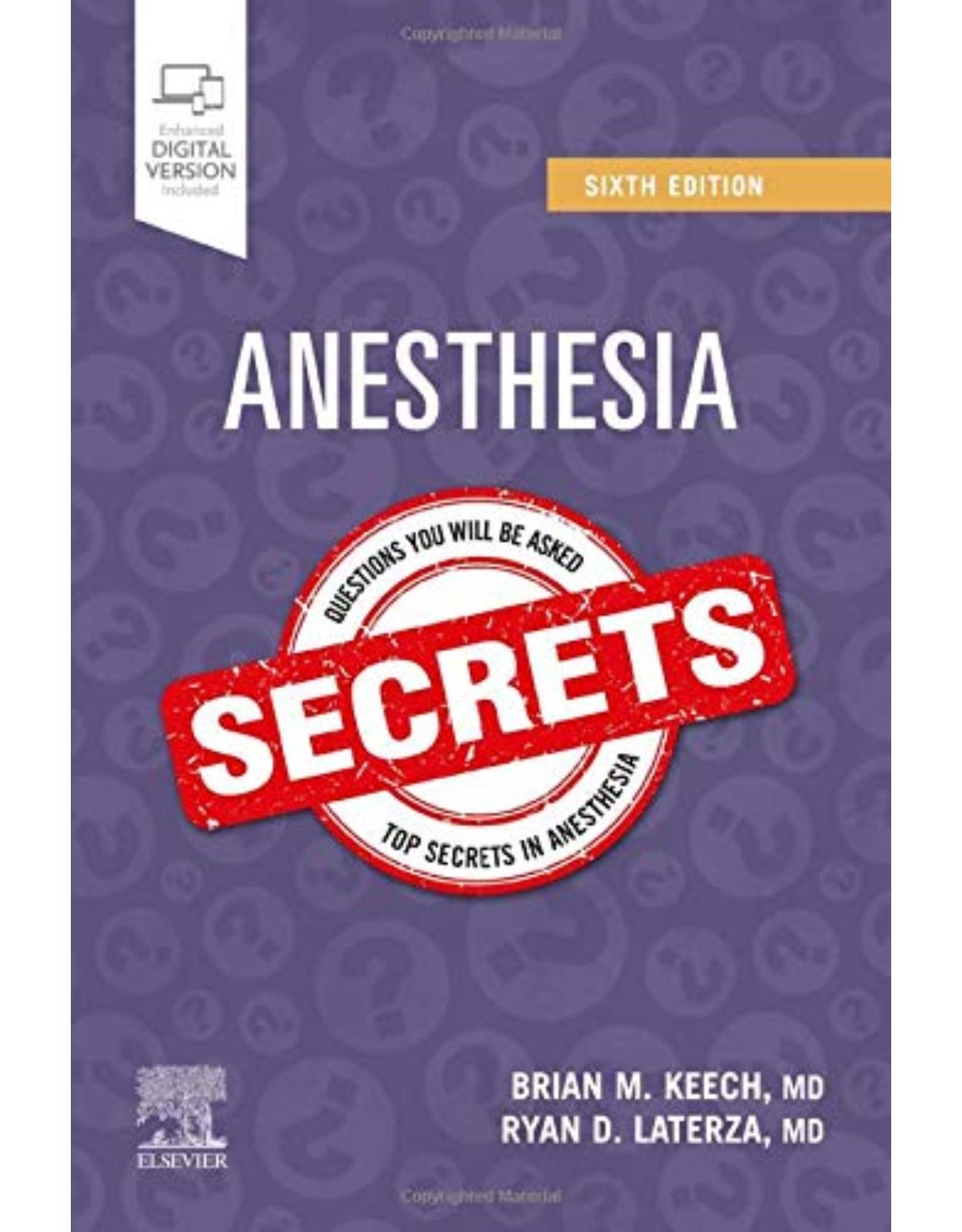
Clientii ebookshop.ro nu au adaugat inca opinii pentru acest produs. Fii primul care adauga o parere, folosind formularul de mai jos.